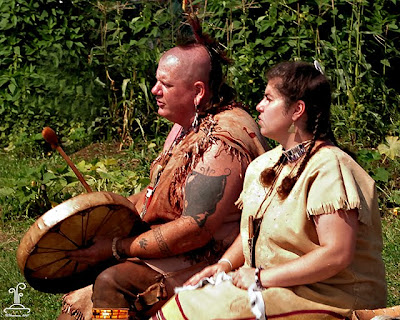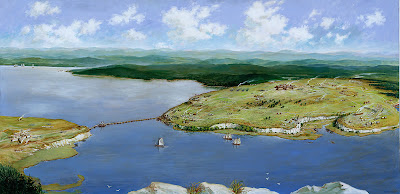 What follows are descriptions of three upcoming tours in Gloversville, Willsboro, and southern Clinton County, hosted by Adirondack Architectural Heritage (AARCH) that still have space available. AARCH also has a golf benefit at the end of the month in Ticonderoga.
What follows are descriptions of three upcoming tours in Gloversville, Willsboro, and southern Clinton County, hosted by Adirondack Architectural Heritage (AARCH) that still have space available. AARCH also has a golf benefit at the end of the month in Ticonderoga.
Adirondack Architectural Heritage (AARCH) is the nonprofit historic preservation organization for New York State’s Adirondack Park. AARCH was formed in 1990 with a mission to promote better public understanding, appreciation and stewardship of the Adirondacks’ unique and diverse architectural heritage.
Early Industry and Architecture in Gloversville
Saturday, August 13, 2011
The city of Gloversville, unsurprisingly, developed around the glove industry, relying on the tanneries that were so abundant in the southern Adirondacks to provide leather. With the departure of this important industry, the city is now working to build a new identity. Fulton County Chamber of Commerce President Wally Hart will lead this walking tour of downtown Gloversville, exploring a stunning collection of turn-of-the-century commercial buildings in various stages of rehabilitation and learning about the city’s rich history. We’ll also visit the ornate Carnegie Library and the Glove Theater, formerly one of three theaters in town owned by the wealthy Schine family. The tour begins at 10 a.m. and ends around 3 p.m. The fee is $30 for AARCH and Chamber members and $40 for non-members.
The Clarks of Willsboro Point
Saturday, August 20, 2011
During the late 19th century Orrin Clark, and his sons Solomon and Lewis, operated a successful quarry on Ligonier Point in Willsboro, providing “bluestone” for a number of regional buildings, as well as the Champlain Canal and the Brooklyn Bridge. In addition to the quarry the Clarks ran a dairy farm and a shipbuilding business. This tour will visit the quarry remains- the Clarks’ homestead, Old Elm- the quarry master’s house, Scragwood- and the surrounding grounds. These buildings have remained nearly untouched since the Clarks’ occupancy, providing a rare view of life at the turn of the century. You will also be able to explore the family’s history through extensive documents meticulously organized in a private collection. The tour begins at 10 a.m. and ends at 4 p.m. The fee is $35 for AARCH and $45 for non-members.
200 Years of Farming
Thursday, August 25, 2011
Farming has been important to the Champlain Valley for more than two centuries. On this southern Clinton County tour, we will explore a series of homesteads and farms from the early 19th century to the present day, which will collectively show how farming has changed over time. We’ll begin the day at the Babbie Rural and Farm Learning Museum, then visit the Keese Homestead (c. 1795) built by Quaker settlers in a community called The Union. Other stops include Remillard Dairy Farm, family owned for three generations- Forrence Orchards, one of the largest McIntosh orchards in the state- and finally Clover Mead Farm, where we’ll see how organic cheese is made and sample their exceptional line of farm-fresh products. Led by AARCH’s Steven Engelhart, the tour begins at 10 a.m. and ends at 4 p.m. The fee is $35 for AARCH and $45 for non-members.
Golf Tournament to Benefit AARCH
Ticonderoga Country Club
Monday, August 29, 2011
Join us for our third annual golf Tournament. This year’s event will be held at Ticonderoga Country Club. This scenic course is set in the historic Lord Howe Valley and features an open yet challenging layout. The day will include a buffet lunch- a round of golf with cart- and the opportunity to win great prizes.The format will be a four man scramble with a shot gun start. The cost is $100 per person.
Photo: Downtown Gloversville.
 The Lake Champlain Maritime Museum has received a grant of $23,985 from the National Park Service’s American Battlefield Protection Program (ABPP) to undertake an archeological survey to determine the precise location and established boundaries for MacDonough’s War of 1812 Shipyard in Vergennes, Vermont.
The Lake Champlain Maritime Museum has received a grant of $23,985 from the National Park Service’s American Battlefield Protection Program (ABPP) to undertake an archeological survey to determine the precise location and established boundaries for MacDonough’s War of 1812 Shipyard in Vergennes, Vermont. 



